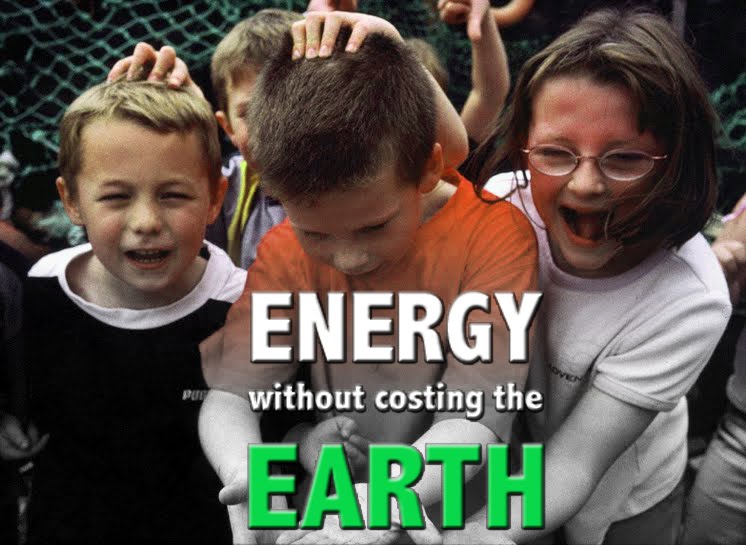We hear a lot of talk about carbon footprints. But what does it all mean in practice?
The community of Sleat on Skye have investigated what this means for them and come up with some interesting information:

Logo designed by school children from Sleat
They produce an average of 17 tonnes per person - more than the average Scottish carbon footprint of 12 tonnes ( largely due to being a rural community living on an island).

Material and waste is the highest contributor at 37%, closely followed by energy(30%) and transport (28%). Waste gets taken off the island to be processed and recycled - making a major contribution to the carbon footrpint. Food comes in at a relatively low 5% but is a way that people in communities can start to get involved and motivated to do something around their carbon footprint.
So what are Sleat doing about their carbon footprint?
They plan to reduce their footprint by 33% over the next few years. Some of their initiatives include:
- encouraging recycling of materials where possible - lobbying for 'green' disposal of waste on the island
- taking ten Sleat households in fuel poverty and turning them into centres of excellence in energy efficiency and insulation
- purchasing a Thermal Imaging Camera to aid the free house energy surveys
- encouraging car sharing and safe hitch hiking spots
- encouraging local growing of food and livestock
- lobbying for an abbattoir based on Skye ( livestock currently go to Dingwall)
- purchasing a rotovator for free hire to help with growing fruit and veg
All initiatives that many communities would welcome.
The Galson Trust - one of the the John Muir Trust partners - recently were also awarded Climate Challenge Fund monies as part of the Community Powerdown project jointly supported by Community Energy Scotland and the Development Trusts Association Scotland. This will include supporting local crofters markets. We look forward to hearing more as this project develops.


